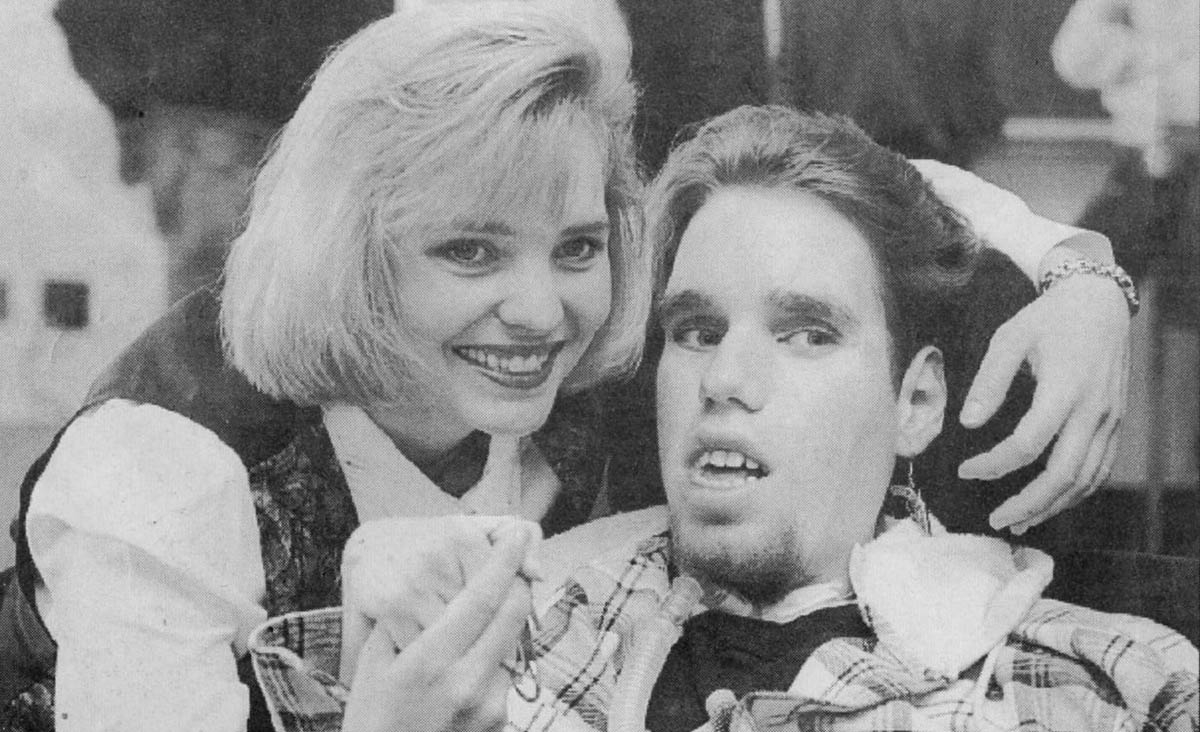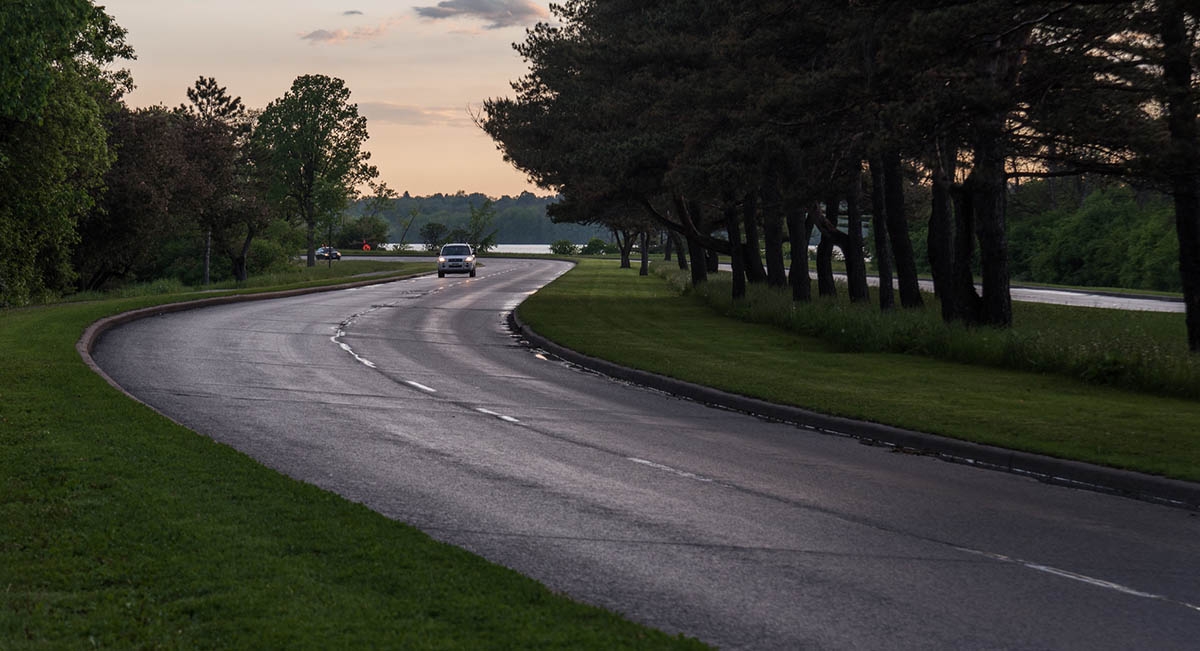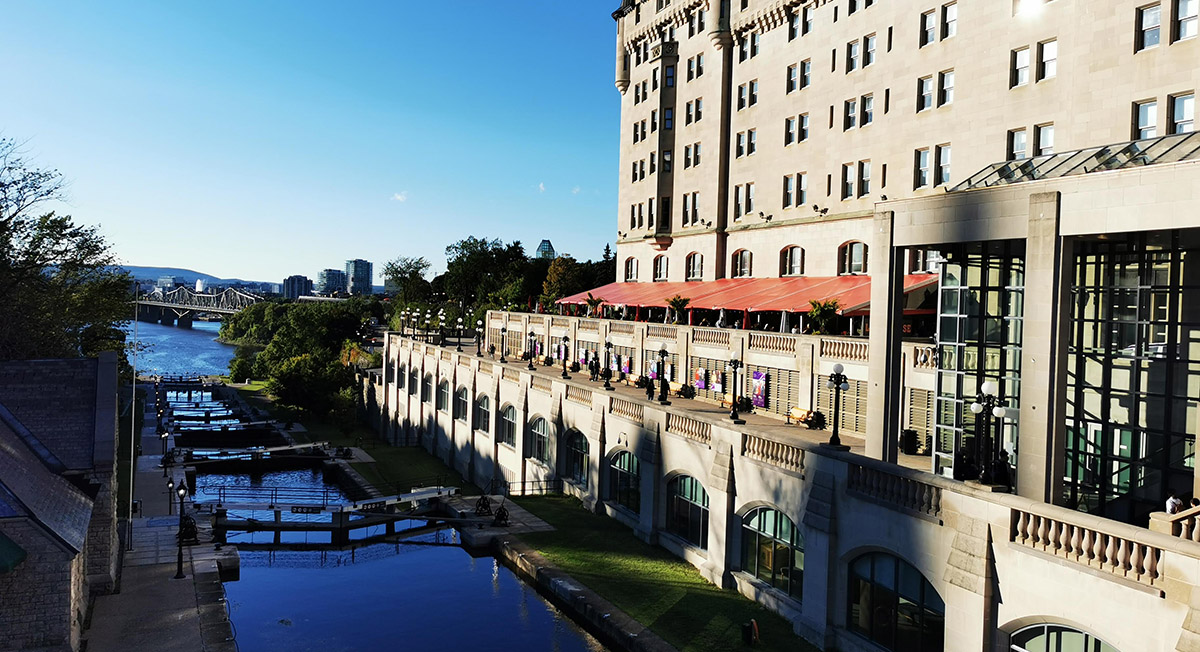
Our small victories serve as a reminder that the fight isn’t yet over.
ABOVE: A 19-year-old Ryan Lythall celebrates getting keys to his new apartment after living at CHEO for 19 years. (PHOTO: 1994, Craig Newell, Ottawa Sun)
On March 16th, 1994, at nineteen, I left home. For most, this is a normal thing. For me, it was anything but.
I wasn’t just leaving home; I was leaving a hospital after living there for nineteen years.
From 1975 to 1994, I lived at the Children's Hospital of Eastern Ontario, also known as CHEO.
At the time, a ventilator-dependent person living in the community was unheard of. It was quite a big moment for me, and it gave hope to many others like me.
I know I’ve shared this story many times, but it’s important to me, and some may not be aware.
In 1975, I was born with a rare neuromuscular condition called Nemaline Myopathy.
Below is a summary from Medline Plus about Nemaline Myopathy:
“Nemaline myopathy is a disorder that primarily affects skeletal muscles, which are muscles that the body uses for movement. People with nemaline myopathy have muscle weakness (myopathy) throughout the body, but it is typically most severe in the muscles of the face; neck; trunk; and other muscles close to the center of the body (proximal muscles), such as those of the upper arms and legs. This weakness can worsen over time. Affected individuals may have feeding and swallowing difficulties, foot deformities, abnormal curvature of the spine (scoliosis), and joint deformities (contractures). Most people with nemaline myopathy are able to walk, although some affected children may begin walking later than usual. As the condition progresses, some people may require wheelchair assistance. In severe cases, the muscles used for breathing are affected, and life-threatening breathing difficulties can occur.”
In my case, my lungs suddenly stopped working when I was six months old. My mom rushed me to the hospital, where they quickly put me on a ventilator. At the time, the doctors had no idea what was wrong with me, So much so that they told my parents that I’d only survive a year.
In the beginning, I lived in the ICU for about six years. As the years went by, the doctors realized that my condition was stable, so I was moved to a regular ward with kids who weren’t as sick as those in the ICU. At this time, I also started attending public elementary school.
The staff at CHEO, my mom, and countless others did their best to give me as normal of a life as possible.
As I got older, I started to age out of the system, at least in terms of living in a children's hospital.
In 1992, my mom and I were approached by the hospital about what my options were.
The options given to me were to either move to a long-term care hospital or a nursing home. My mom and I decided on a third choice.
I wanted what most people my age wanted; to live on my own.
For the next couple of years, my mom and I wrote letters to the government and, in some cases, hand-delivered them to both federal and provincial politicians.
In 1994, I received word that after a two-year battle, my mom and I convinced the government that it’d be cheaper for me to live in my own home instead of a long-term care home.
Along with convincing the government, we also found an agency that could provide me with attendant care.
At the time, I was one of the first ventilator-dependent people in Canada to live independently.
When I think back to 1994, I felt like I was being given the keys to a sports car, and I could finally feel a bit more normal. Sadly, I had to fight for something most people take for granted.
Twenty-nine years later, I still fight for those “simple things.”
In fact, it seems like I'm fighting more than ever. Between cutbacks to our healthcare system and a severe shortage of personal support workers, things have become even more difficult.
Time and again, I’ve talked about how the government needs to put more money into our healthcare system so that seniors and people with disabilities can live in their own homes with caregivers who can help them with their daily needs. Not only does it keep us out of nursing homes and hospitals, but it also allows us to be more independent and active in our community.
Each year, on and around March 16, I like to celebrate my anniversary of living on my own. I don’t do it to brag. I do it to remind others like me that it can be done. People with disabilities can live independently if given the proper tools and resources to do so, which in most cases involves government funding.
I want to one day live in a country where people with disabilities no longer need to fight for basic rights. We are people too, and therefore deserve the same rights everyone else has.
Until then, I, and many others like me, will continue to fight to be heard.
In closing, I would like to thank my past and present caregivers for being such a vital part of my life over the past twenty-nine years. Each of you has been a part of my journey and, many times, saved my life.
Happy anniversary also to my mom and the countless supporters who have helped me and continue to do so.
I am grateful.
Here’s to another twenty-nine years and many more.









